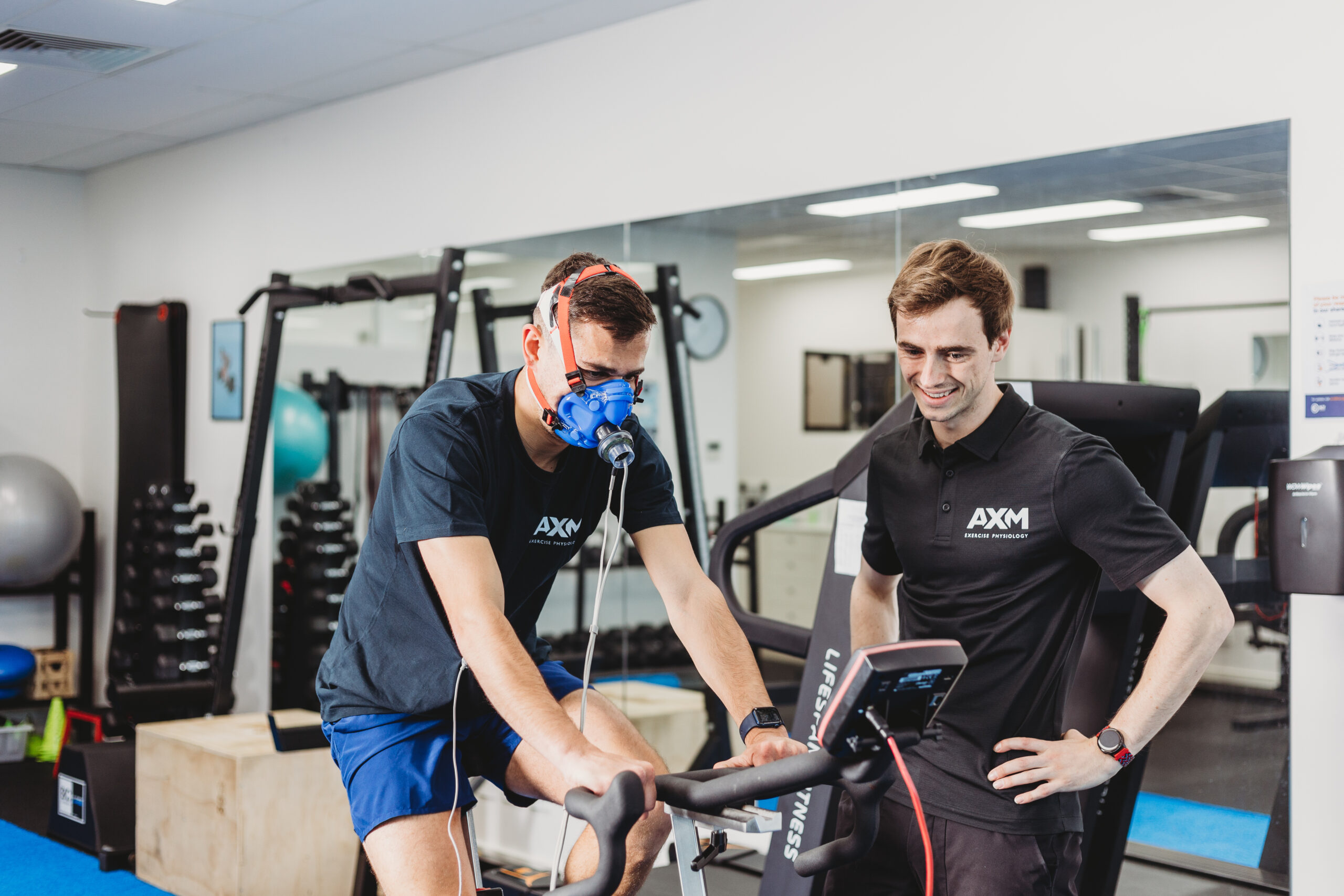Have You Ever Wondered How Our Bodies Make Energy?
It’s a fascinating journey within our cells, where two distinct processes, aerobic (oxygen) and anaerobic (non-oxygen) energy systems collaborate to produce the energy needed for our daily activities and exercise. Today we are going to explore how these two systems work and the different ways they operate to create energy.
Bakery vs Fast Food
Aerobic energy production is like a well-organised bakery, where skilled bakers (our cells within our muscles) have access to the finest ingredients and ample time to meticulously mix and bake a delicious cake (energy). This bakery operates efficiently and comfortably in a well-ventilated environment, symbolising the oxygen-dependent nature of aerobic energy production. It produces a large quantity of high-quality cakes over an extended period, perfect for tasks that require a steady and sustained source of energy, such as long-distance running or a day’s worth of activities.
On the other hand, anaerobic energy production can be likened to a fast-food drive-thru. In this scenario, you do not have time to let the ovens bake and need a quick boost of energy. You pull up to the drive-thru window (anaerobic energy production), and the staff (our cells within our muscles) work swiftly to hand you a small, ready-to-eat snack (a small amount of energy) without needing to cook a full meal. This snack gives you a rapid but limited burst of energy, much like anaerobic energy production, which provides quick energy without relying on oxygen. However, it’s not a sustainable or efficient way to meet long-term energy demands, making it suitable only for short bursts of intense activity, similar to grabbing fast food when you’re in a rush.
What are the main differences between these two energy systems?
-
- Oxygen or No Oxygen: Aerobic energy needs oxygen, while anaerobic energy does not require oxygen.
- Efficiency: Aerobic energy production is highly efficient, making a lot of energy from carbohydrates and fats, while anaerobic production is much less efficient and uses only carbohydrates.
- Amount of energy: The aerobic energy system produces more energy than the anaerobic energy system.
- Rate of energy production: Despite the aerobic energy system producing more energy, it is a slow process compared to the anaerobic energy system that produces small amounts of energy at a rapid rate.
- Lactate Production: During anaerobic energy production, lactate (or lactic acid) is produced as a byproduct. This accumulation of lactate can lead to muscle fatigue and discomfort, limiting the sustainability of anaerobic energy production. In contrast, aerobic energy production does not produce lactate, making it more suitable for longer, less intense activities.
How does our body know which system to use?
We now have an understanding of the two systems and the differences between them. So, how do our bodies decide which energy system to use? Well, there is a simple answer to this, both aerobic and anaerobic energy production is always happening. These two systems collaborate at different rates to produce energy. The input from each system changes depending on a few different factors.
-
- Oxygen availability: The primary factor that dictates whether our cells choose aerobic or anaerobic energy production is the availability of oxygen. Our bodies are incredibly efficient at utilising oxygen when the oxygen being delivered into our muscles is meeting the demand. During activities that involve slower, less intense movements, like walking or light jogging, oxygen is readily available, and our cells opt for aerobic metabolism. This allows for a high yield of energy, providing a sustained and efficient source of energy.
However, when we engage in activities that require sudden bursts of intense effort, such as sprinting or lifting heavy weights, our muscles may demand energy faster than oxygen can be uptaken and turned into energy. In such cases, anaerobic metabolism kicks in as a rapid but less efficient means of generating energy. While this process can supply energy quickly, it also produces byproducts like lactic acid, which lead to muscle fatigue and reduce endurance performance. - Duration and Intensity: The duration and intensity of an activity will also influence our body’s choice between aerobic and anaerobic energy production. Aerobic metabolism is well-suited for longer, sustained efforts because it can produce a continuous supply of energy over an extended period without causing muscle fatigue. Activities like jogging a marathon or cycling for hours are prime examples of when aerobic energy production is optimal.
Anaerobic metabolism, on the other hand, is ideal for short bursts of high-intensity activity. When we push ourselves to the limit for a brief period, such as during a 100-metre sprint or lifting a heavy barbell, our muscles rapidly tap into the anaerobic system to meet the immediate energy demand. However, this burst of energy comes at the cost of efficiency, and the associated buildup of lactic acid makes this system unsustainable. - Metabolic Conditioning and Training: Over time, our bodies adapt to the demands we place on them. Regular training and exercise will make our bodies better at utilising oxygen to create energy through the aerobic energy system. This adaptation allows athletes to perform more efficiently during endurance activities, as their aerobic energy production system becomes more finely tuned.
Additionally, the body becomes better at buffering and clearing lactic acid during anaerobic activities with consistent training, improving anaerobic performance. This is why athletes in various sports, from long-distance running to weightlifting, engage in specific training regimens tailored to their energy system needs.
- Oxygen availability: The primary factor that dictates whether our cells choose aerobic or anaerobic energy production is the availability of oxygen. Our bodies are incredibly efficient at utilising oxygen when the oxygen being delivered into our muscles is meeting the demand. During activities that involve slower, less intense movements, like walking or light jogging, oxygen is readily available, and our cells opt for aerobic metabolism. This allows for a high yield of energy, providing a sustained and efficient source of energy.
Conclusion
Our bodies are remarkable in their ability to adapt and make real-time decisions about which energy production system to utilise. Oxygen availability, activity duration, intensity, and metabolic conditioning all play crucial roles in determining whether our cells prioritise energy production from the highly efficient, oxygen-dependent aerobic metabolism or the rapid but less efficient anaerobic metabolism.
Understanding these factors can help us make informed decisions about our physical activities and training routines, enabling us to optimise our performance, prevent fatigue, and achieve our fitness goals. Whether we’re going for a leisurely walk, running a sprint, or engaging in endurance sports, our body’s energy production systems work in harmony to provide the fuel needed for an active and fulfilling life.










